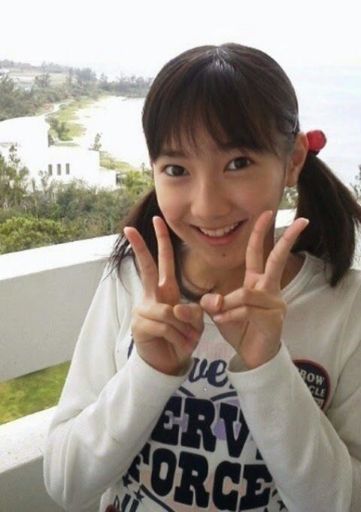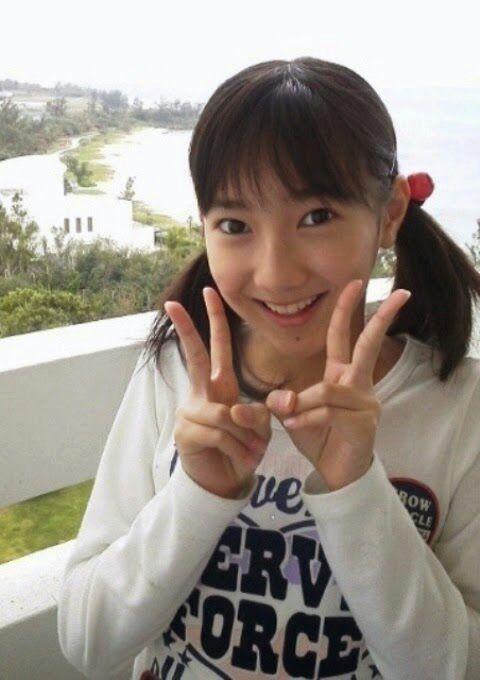


The song was produced by bassist and Rize member KenKen. An excerpt of this would be released as a bonus feature on the A version of the DVD, while a video of the group posing a vernacular translation of the song was posted on the website Gyao!.

During the group's various Song Archeology live events, Sakura Gakuin members would take the time to properly interpret the meaning behind it. He further stated that the loss of connection between the students and the song may be due to the archaic nature of the lyrics in the song, and the song was chosen to be the graduation single as a result. Principal Kuramoto of Sakura Gakuin had expressed his surprise that although the song was a common graduation tune, it was not known among the members of the group.
#Yunano notsu 100 tv#
The four "graduate" members, Moa Kikuchi, Yui Mizuno, Hana Taguchi, and Yunano Notsu, appeared on the TV special Kazumi Nanba's Idol 36-bō on March 5, 2015, to promote the release of the single. The artwork for the DVD single release was released on February 9, 2015. Japanese idol group Sakura Gakuin released a cover of the song, titled " Aogeba Tōtoshi (from Sakura Gakuin 2014) " ( 仰げば尊し ~ from さくら学院 2014 ~) as a digital single on February 25, 2015, and later as the second DVD single on March 4, 2015, through Universal J, from the group's fifth album Sakura Gakuin 2014 Nendo: Kimi ni Todoke. " Aogeba Tōtoshi (from Sakura Gakuin 2014)" Sakura Gakuin version "Aogeba Tōtoshi (from Sakura Gakuin 2014)"įrom the album Sakura Gakuin 2014 Nendo: Kimi ni Todoke As the songs are ordered by the Japanese gojūon system, "Aogeba Tōtoshi" is number one on the list. In 2007, "Aogeba Tōtoshi" was selected for the Nihon no Uta Hyakusen, 100 songs from Japan, by the Agency of Cultural Affairs and the National Congress of Parents and Teachers Associations of Japan. In the postwar period, children's author Tamao Fujita published a version with modernized lyrics, but it was unpopular among parents because it did not elicit tears the way the original song did. Even for those schools which continued to use this song, the second stanza, which contains the lyrics " mi o tate, na o age " ( 身を立て名を上げ, "stand tall, and make a name for yourself"), focusing on personal success, was felt at odds with the changing state of society and often omitted.

After these protests died down, the further ebb of older notions resulted in the song, which used archaic grammar and vocabulary even for the 1880s, being largely abandoned by public schools (especially primary schools), in favor of alternative songs such as " Tabidachi no hi ni", " Okuru kotoba" by Kaientai, or " Sakura" by Naotarō Moriyama. This was especially true during the student protests of the 1960s, as opposition to this song was part of a larger reaction against the old regime, and schools hesitated to play the song at graduations for fear of protest. Īfter the Second World War, the song's lyrics, with their worshipful attitude towards teachers, were felt inappropriate for a democracy in some quarters. Sakurai stated that the song is no longer known in the U.S. According to Sakurai, the American music book's song "Song for the Close of School" is exactly the same as Aogeba Tōtoshi. In January 2011, Hitotsubashi University professor emeritus Masato Sakurai announced that he believed he had found the origins of the song in an English school music book, "The Song Echo", published in the United States in 1871. Its first known appearance was in 1884, when Isawa added it to the Ministry of Education's published collection of songs for primary-school students. The lyrics are also said to have been written collectively by Ōtsuki Fumihiko (1847–1928), Satomi Tadashi (1824–1886), and Kabe Iwao. The melody is often said to be based on a traditional Scottish folk song of uncertain provenance (similar to " Hotaru no hikari" borrowing the melody of " Auld Lang Syne") however, others insist that both lyrics and music were by Meiji-era educator Isawa Shūji (1851–1917). It is usually in the key of D or E-flat major, in 6 " Aogeba Tōtoshi " ( 仰げば尊し) is a song sung at graduation ceremonies in Japan.


 0 kommentar(er)
0 kommentar(er)
